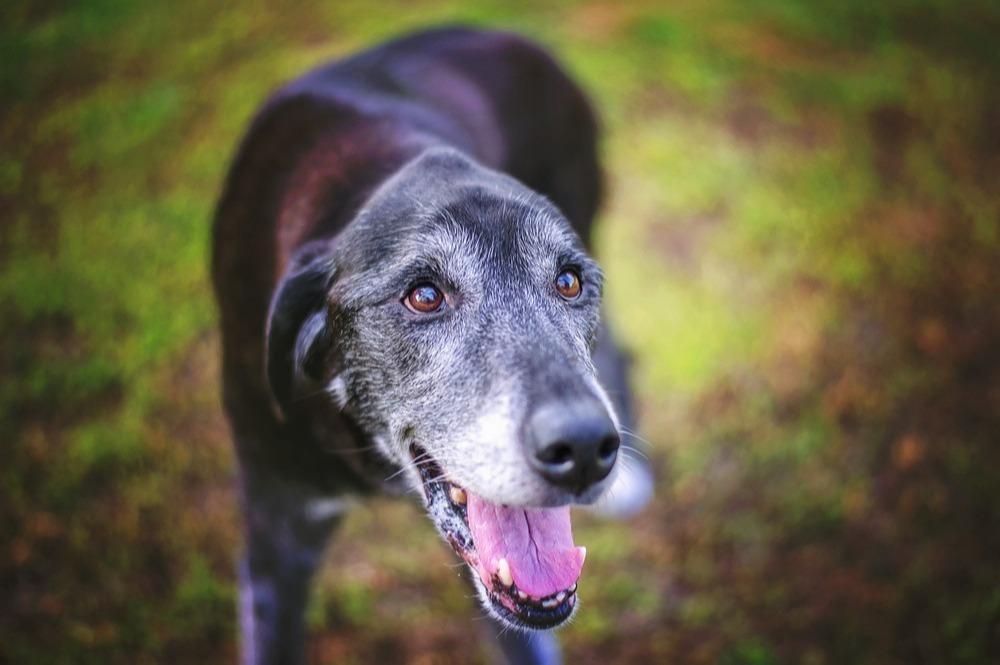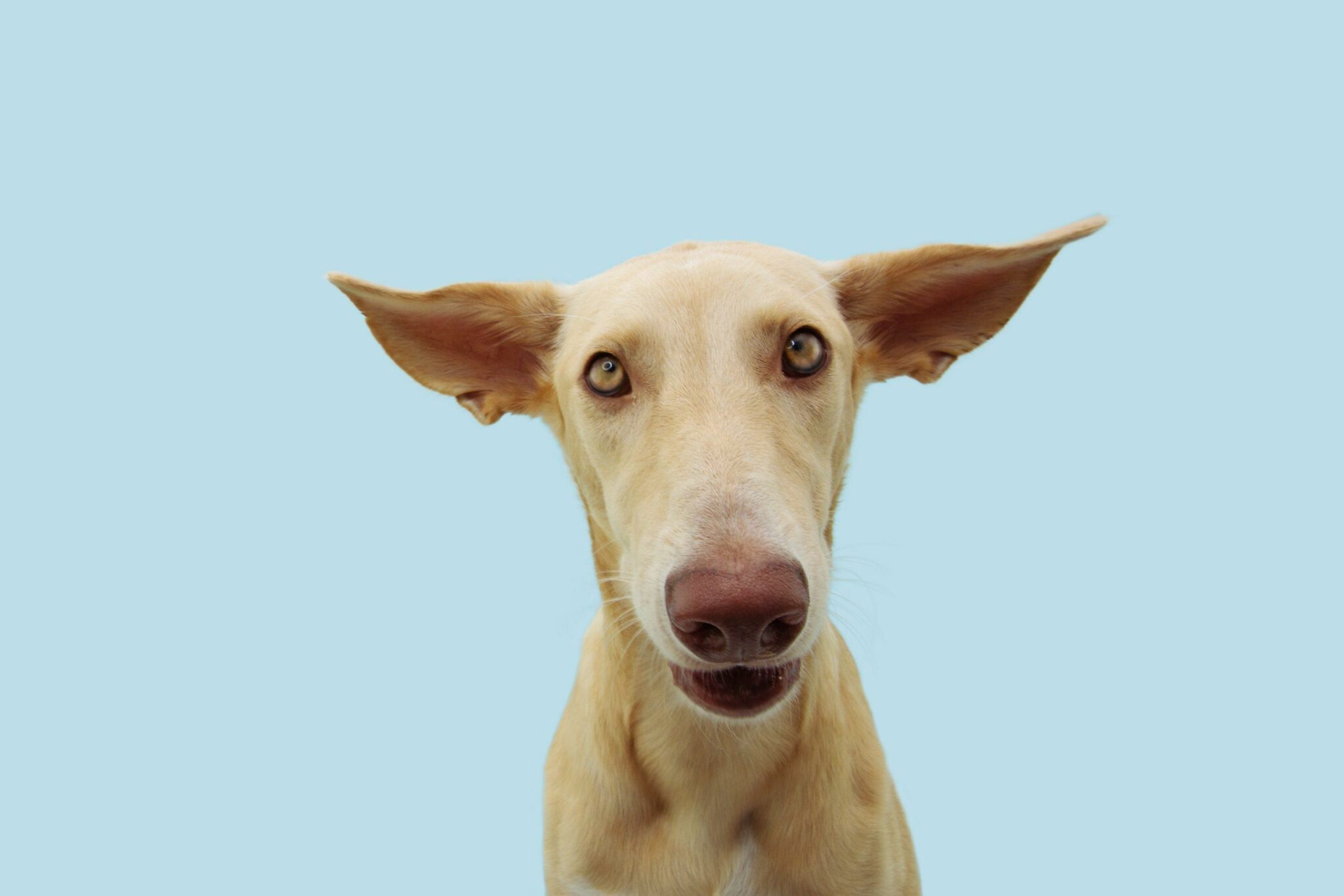Chewing is one of the habits we’d like to encourage our puppy to stop as soon as possible. Not only for the trail of destruction they leave in their wake, but for their own safety.
Whilst I’m not advocating that destructive chewing should be encouraged; opportunities to chew can in fact be a helpful strategy for helping your dog manage their stress.
Stress, like chewing, often gets a bad rap because both usually have negative connotations attached. But stress is a psychological and physiological response to events that alter our norm, or if you want to get technical, our homeostatic balance.
Eustress, known as good stress, can enhance performance, but distress is when the dog is not coping. This results in a range of physical and emotional challenges.
The Biology of Stress
There is no doubt about it, our modern world has many sources of stress, for us and our dogs.
There are two systems at play in a stress response. The sympathetic nervous system and the parasympathetic nervous system. These are two divisions of the autonomic nervous system which regulates involuntary physiological processes. In short, it’s a system that neither you nor your dog has much conscious control over.
When faced with a stressor, the sympathetic nervous system releases a flurry of hormones to boost the body’s alertness including adrenaline and noradrenaline. It quickens the heart and breathing rate. This system increases blood glucose levels and fight, or flight is triggered. Energy is directed to limbs and the brain because that is where it’s needed. Energy is diverted from the digestive and excretory systems, which is why stressed dogs may sometimes suffer with digestive issues such as loose stools and a lack of appetite.
When the stressor has passed, the parasympathetic nervous system kicks in to bring the body back into balance. The only way I can remember the difference in the systems is to imagine a parachutist sleeping with a plate of food. This system slows the heart and breathing rate. It provides an energy conservation response – allowing the body to recover. This is known as the rest and digest phase.
What’s interesting is that whilst the first release of adrenaline into the bloodstream may dissipate within 15 minutes, the glucocorticoids that follow can take anywhere from 2-6 days to return to a baseline.
This means that if our dog’s system isn’t given sufficient recovery time, cortisol levels can soon creep up, day after day. This then becomes chronic stress which can have a detrimental impact on our canine friends. This also explains the idea behind trigger stacking. You know those weeks where things just go from bad to worse but it is the most minute inconvenience that sends you over the edge.
The Psychology of Stress
Stress can enhance performance, the actual response increases alertness. Blood is diverted to the brain, heart, lungs and muscles which all need to work well to deal with the stressor presented. Short-lived stress can also result in result in new brain cells being produced; when tested, animals perform poorly, immediately after the stressful event, but better two weeks later. This is because cells need time to mature.
The issue is when dogs are exposed to chronic stress and are unable to cope with it. When the sympathetic nervous system is always activated, there becomes an imbalance in the hormones flooding the body. The parasympathetic system doesn’t get a chance to re-balance things. It’s almost a double-edged sword – good stress increases alertness, but the very increase in alertness means the dog is unable to recover.
The stressed dog may present with a range of typically defined anxious behaviours like excessive drooling, grooming or panting, they may be more vocal than usual with barking or howling. These dogs present with high levels of corticotropin-releasing hormone which is released by the body during times of stress which tells us biologically that the dog isn’t sufficiently recovering from stressors.
Chronic stress triggers maladaptive changes in the body and brain, which can significantly affect how the brain works. This is not ideal for any dog.
One of the neurotransmitters released by the recovery system (the parasympathetic nervous system) is acetylcholine and it is clear that when there are disruptions in the release of it, issues with attention, learning and memory follow. This is why well managed training classes are vital. If the very same training class causes a stress response, then successful learning is unlikely to follow.
Not only that, but one of the primary targets in the brain for stress hormones is the prefrontal cortex. This region controls functions like working memory, distraction, novelty seeking and decision making. In short, a chronically stressed dog may be more easily distracted, more likely to seek novel experiences (less likely to respond to their handler), poor at decision making and struggle to remember key behaviours.
Stress can also manifest in excessive panting in the dog. We know that dogs can only sniff or pant, they can’t do both at the same time. We also know that sniffing lowers heart rate. If the stressed dog is panting, they can’t sniff, which means they can’t even utilise that stress-reducing mechanism.
This is where chewing can help.
Not simply allowing your dog to chew anything he gets his teeth around, but controlled opportunities with a purpose.
Study after study have demonstrated that chewing can counter the effects of stress. Not only does it reduce stress hormone levels, it also limits sensory processing of external stressors. In short, it keeps your dog’s attention off things it doesn’t need to be paying attention to.
At the same time, chewing is known to improve alertness; it shortens reaction time and increases vigilance. This is thought to be due to the increase in heart rate during the chewing task which increases cerebral blood flow and brain activity.
So, chewing for the dog can help them rebalance their stress levels and also improve their alertness ready for training sessions. There seems to be a 15-30-minute window of effect, post chewing, so this goes someway to explain how both mechanisms are possible from one strategy.
In rest and recovery, chewing opportunities need to be in a quiet space where rest can be encouraged. The increase in heart rate and blood flow, soon dissipates, and with the limited processing of external stressors, the dog is prepared to rest.
At the other end of the scale, to promote alertness, offer a chewing opportunity 15-30 minutes before training. This will vary from dog to dog, so it may take some time to find the sweet spot.
What is also interesting, is the rate of force needed when chewing, especially when we are encouraging dogs to rest and recover. A strong chewing force induces a greater reduction in stress levels. So, in this situation, long-lasting and tough chews would be more effective. Odour seems to influence brain activity, so particularly strong-smelling and enticing chews would be more appropriate to promote alertness.
Puppies instinctively want to chew; this is largely because that’s how they explore their world. It’s how they learn bite inhibition and their teeth irritating their mother is a crucial stage in weaning. Much past the teething phase, we try to prevent opportunities to chew at all costs. But for anyone who has experienced a dog performing perfectly at home training sessions, then buckling significantly in the trainer led sessions, dogs can be poor at transferring skills. It’s about habituation and what they have the opportunity to practice. Providing appropriate opportunities to chew isn’t going to encourage a trail of destruction, but it may help your dog re-balance.
Acute, short-lived stress is manageable for most dogs, it can even result in improved performance. The issue is when it becomes chronic, more commonly in the dog whose system struggles to counterbalance it. Long term chronic stress can lead to digestive issues, muscular tension, anxious or depressive behaviours, cardiovascular disease and poorer cognition. Chewing can serve as a stress-reliever, which helps this dog re-balance his system and for ultimate health, balance is key!
Repeated Stress Causes Cognitive Impairment
Chewing, Stress-Related Diseases, and Brain Function
Mastication as a Stress Coping Mechanism
Explosives detection by sniffer dogs following strenuous physical activity
Here at MPN, we specialise in behaviour and different forms of anxiety, considering all aspects of health, including genetics and how nutrition can influence this positively. To find out more, check us out.
Consultations
Thanks for reading!
MPN Team x



















